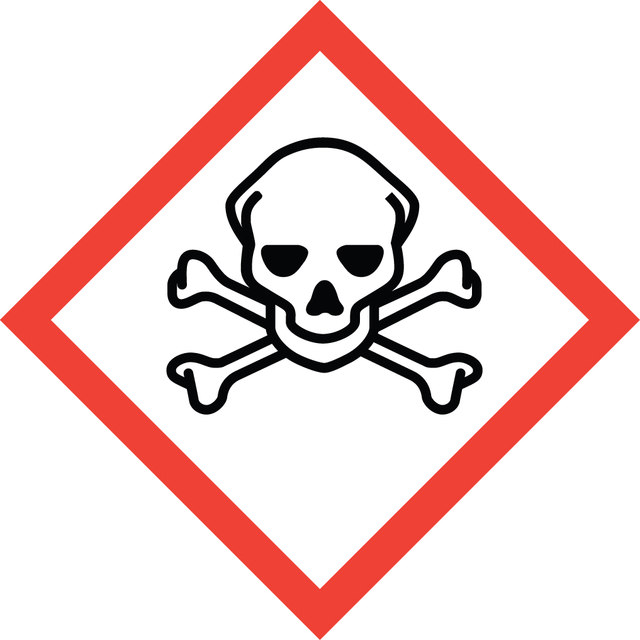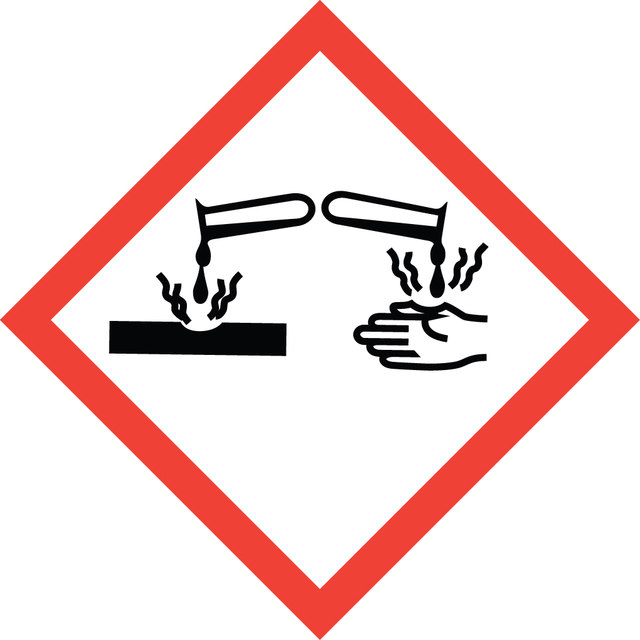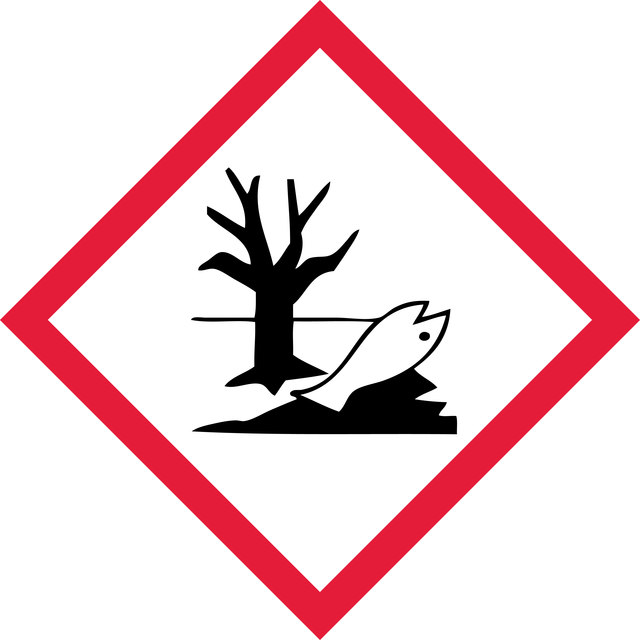T9424
TRI Reagent®
For processing tissues, cells cultured in monolayer or cell pellets
Synonim(y):
730 roztwór osadu komórkowego, Ekstrakcja RNA z osadu komórkowego, Izolacja RNA z osadu komórkowego, Jednoetapowy odczynnik do oczyszczania RNA, Oczyszczanie RNA z osadu komórkowego, Odczynnik do ekstrakcji DNA/RNA/białek, Odczynnik do izolacji DNA/RNA/białek, Odczynnik do jednoetapowej ekstrakcji RNA, Odczynnik do jednoetapowej izolacji RNA, Odczynnik do oczyszczania DNA/RNA/białek, roztwór do ekstrakcji całkowitego RNA, roztwór do izolacji całkowitego RNA, roztwór do oczyszczania całkowitego RNA
Poziom jakości
zastosowanie
1 mL sufficient for 107 cells
1 mL sufficient for 100 mg tissue (or)
temp. przechowywania
2-8°C
Szukasz podobnych produktów? Odwiedź Przewodnik dotyczący porównywania produktów
Opis ogólny
Homogenization or lysis of the tissue sample in TRI reagent® dissolves RNA, DNA and protein. The addition of chloroform or 1-bromo-3-chloropropane followed by centrifugation results in the separation of the mixture into three phases: an aqueous phase containing the RNA, the interphase containing DNA, and an organic phase containing proteins. Each of the components can then be isolated after separating the phases.
Zastosowanie
- in the isolation of total RNA from various tissue samples and cells
- for the lysis of monocytes
- to isolate cytoplasmic RNA from SARS-CoV infected Vero cells
- to isolate total RNA from MDMs (monocyte-derived macrophages) infected with influenza A (H5N1) virus
- to prepare a viral lysate of SARS-CoV culture for the creation of a clone encoding the S glycoprotein in the development of SARS-CoV vaccine
The RNA, DNA and protein that are isolated using TRI reagent® can further be used for downstream applications, such as cloning, PCR, RT-PCR, Northern blots, mRNA isolation, in vitro translation, RNase protection assay, restriction enzyme digestion, Southern blots, SDS-PAGE and western blots.
Cechy i korzyści
Multi-purpose: TRI Reagent® performs well with large or small amounts of tissue or cells and works with many samples including human, plant, yeast, bacterial and viral samples.
Efficient: TRI reagent® gives better yields than traditional guanidine thiocyanate/cesium chloride methods. The whole process of RNA extraction starting with fresh tissue or cells can be completed in less than one hour.
- Easily scalable RNA isolation
- Works with many sources: human, plant, yeast, bacterial, or viral
- Better yields than traditional guanidine thiocyanate/cesium chloride methods
Informacje prawne
Hasło ostrzegawcze
Danger
Zwroty wskazujące rodzaj zagrożenia
Zwroty wskazujące środki ostrożności
Klasyfikacja zagrożeń
Acute Tox. 3 Dermal - Acute Tox. 3 Inhalation - Acute Tox. 3 Oral - Aquatic Chronic 2 - Eye Dam. 1 - Muta. 2 - Skin Corr. 1B - STOT RE 2
Organy docelowe
Nervous system,Kidney,Liver,Skin
Zagrożenia dodatkowe
Kod klasy składowania
6.1A - Combustible acute toxic Cat. 1 and 2 / very toxic hazardous materials
Klasa zagrożenia wodnego (WGK)
WGK 2
Temperatura zapłonu (°F)
174.2 °F - closed cup
Temperatura zapłonu (°C)
79 °C - closed cup
Wybierz jedną z najnowszych wersji:
Masz już ten produkt?
Dokumenty związane z niedawno zakupionymi produktami zostały zamieszczone w Bibliotece dokumentów.
Nasz zespół naukowców ma doświadczenie we wszystkich obszarach badań, w tym w naukach przyrodniczych, materiałoznawstwie, syntezie chemicznej, chromatografii, analityce i wielu innych dziedzinach.
Skontaktuj się z zespołem ds. pomocy technicznej


